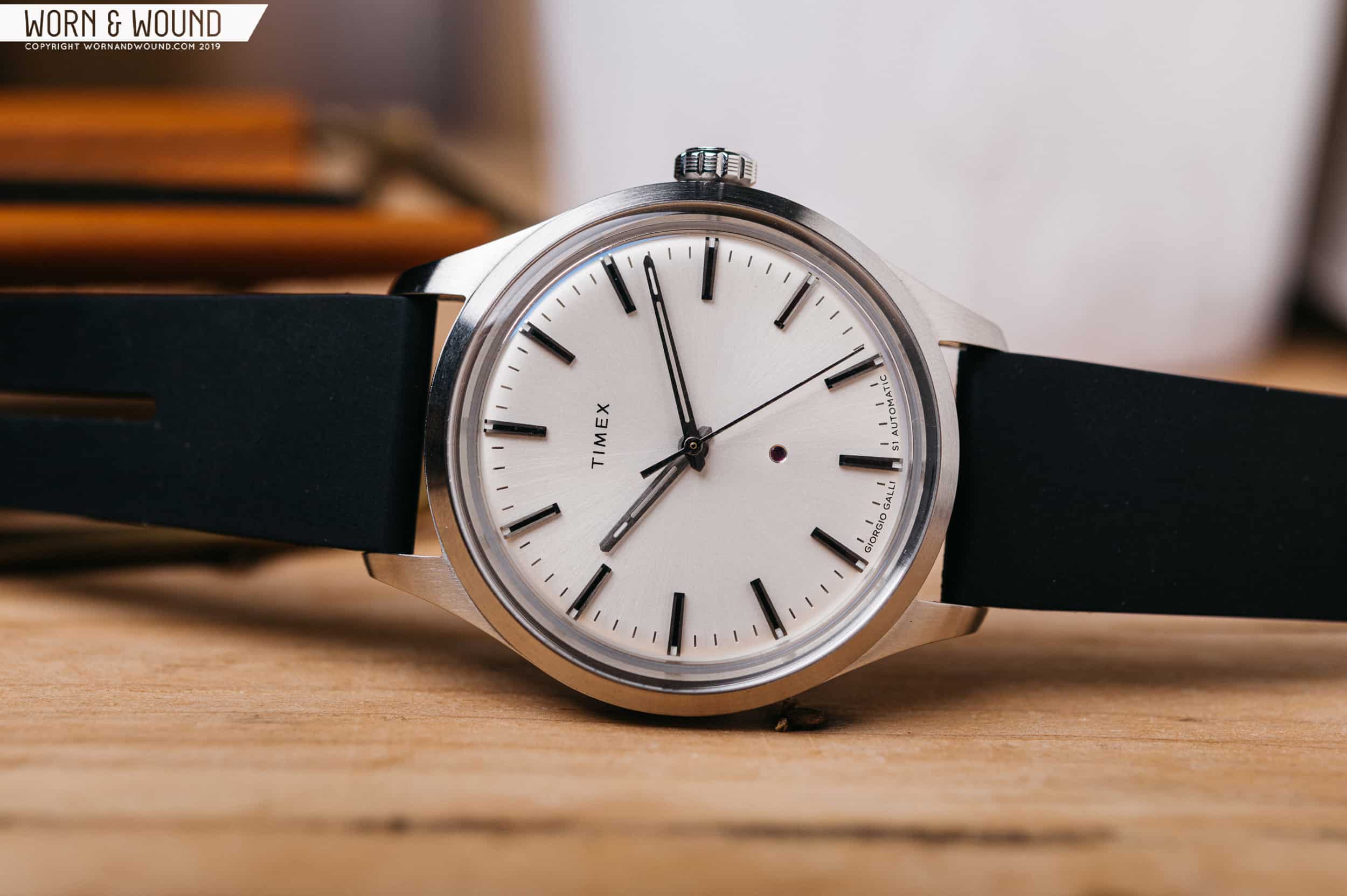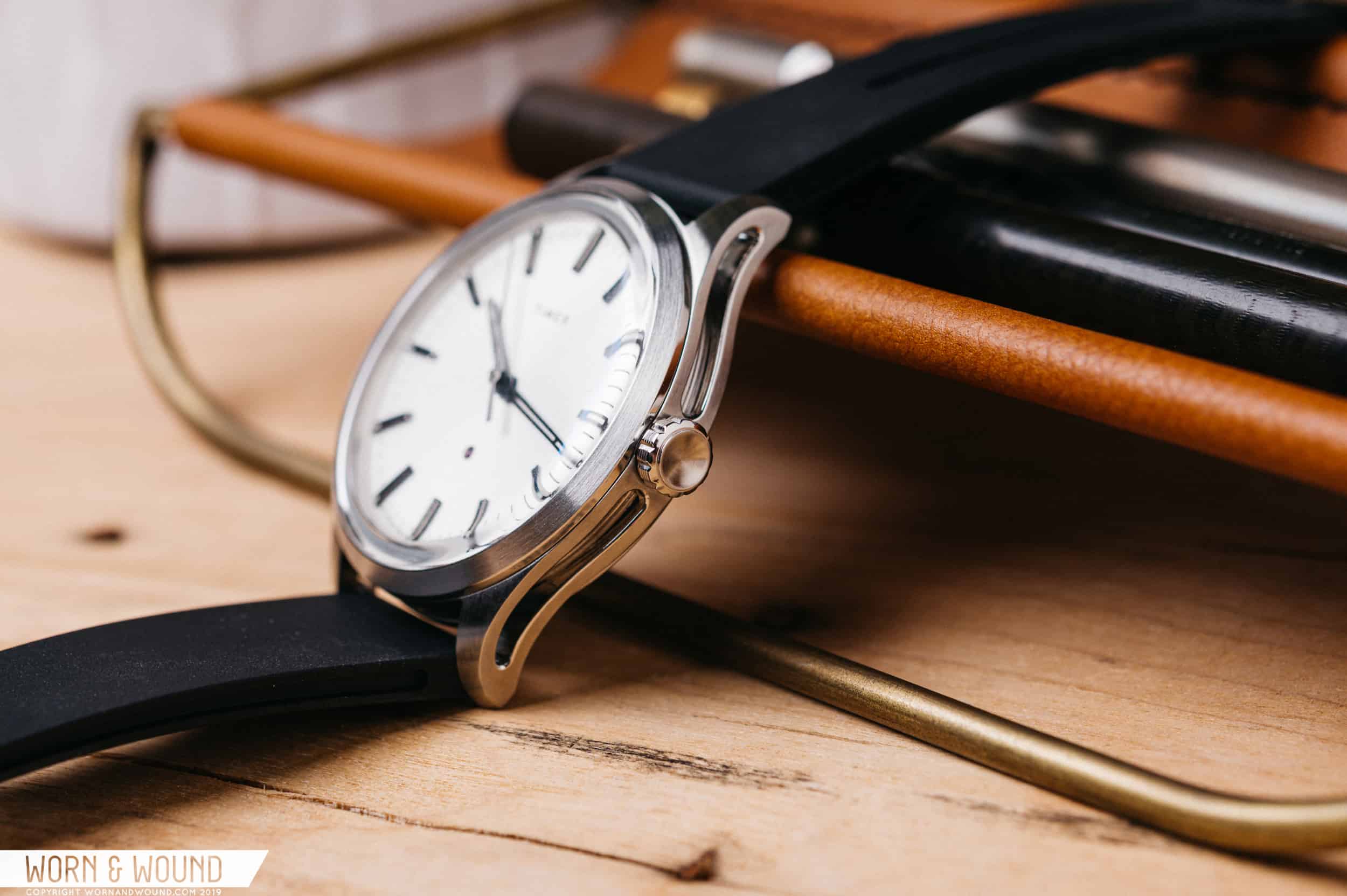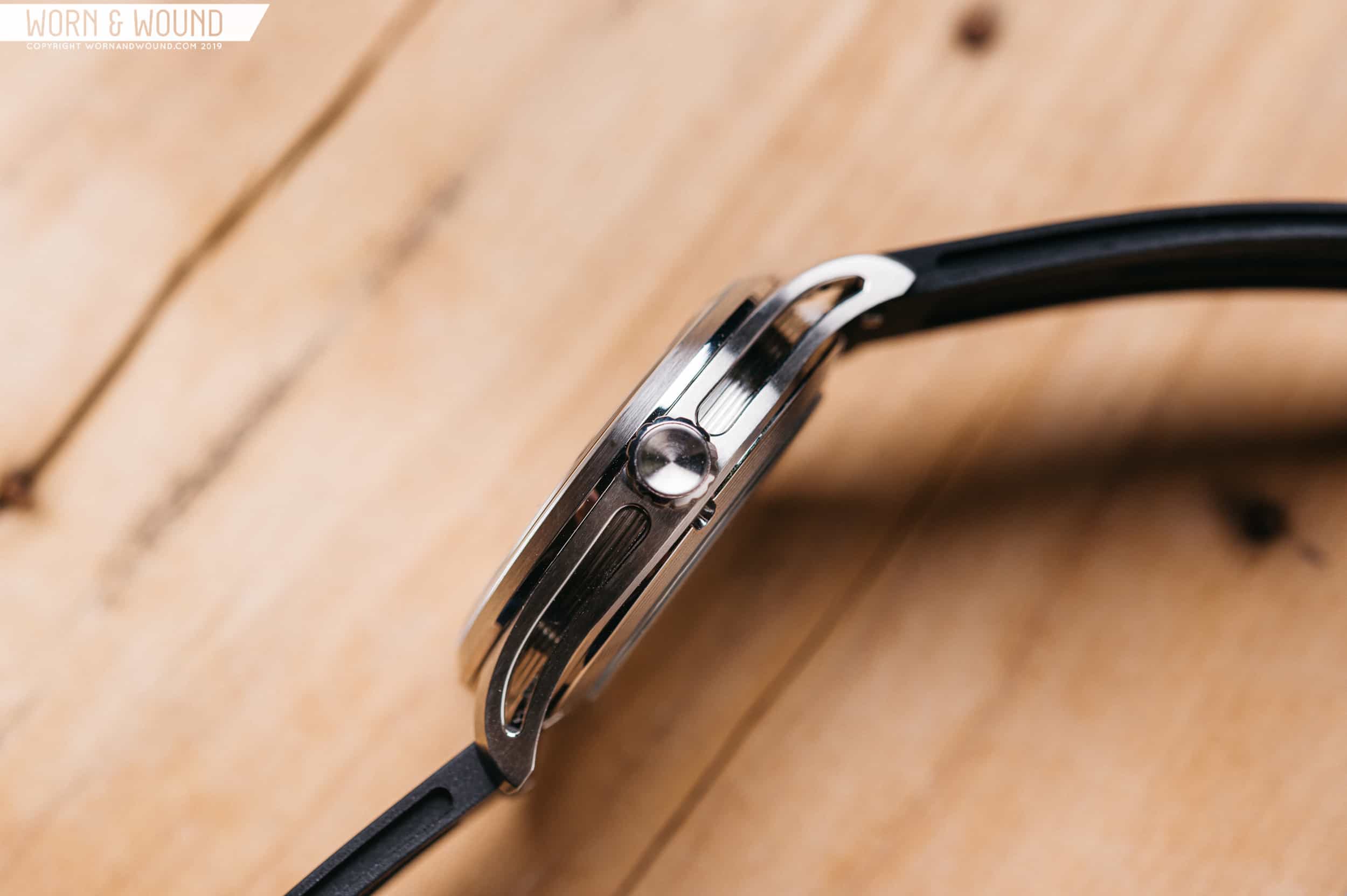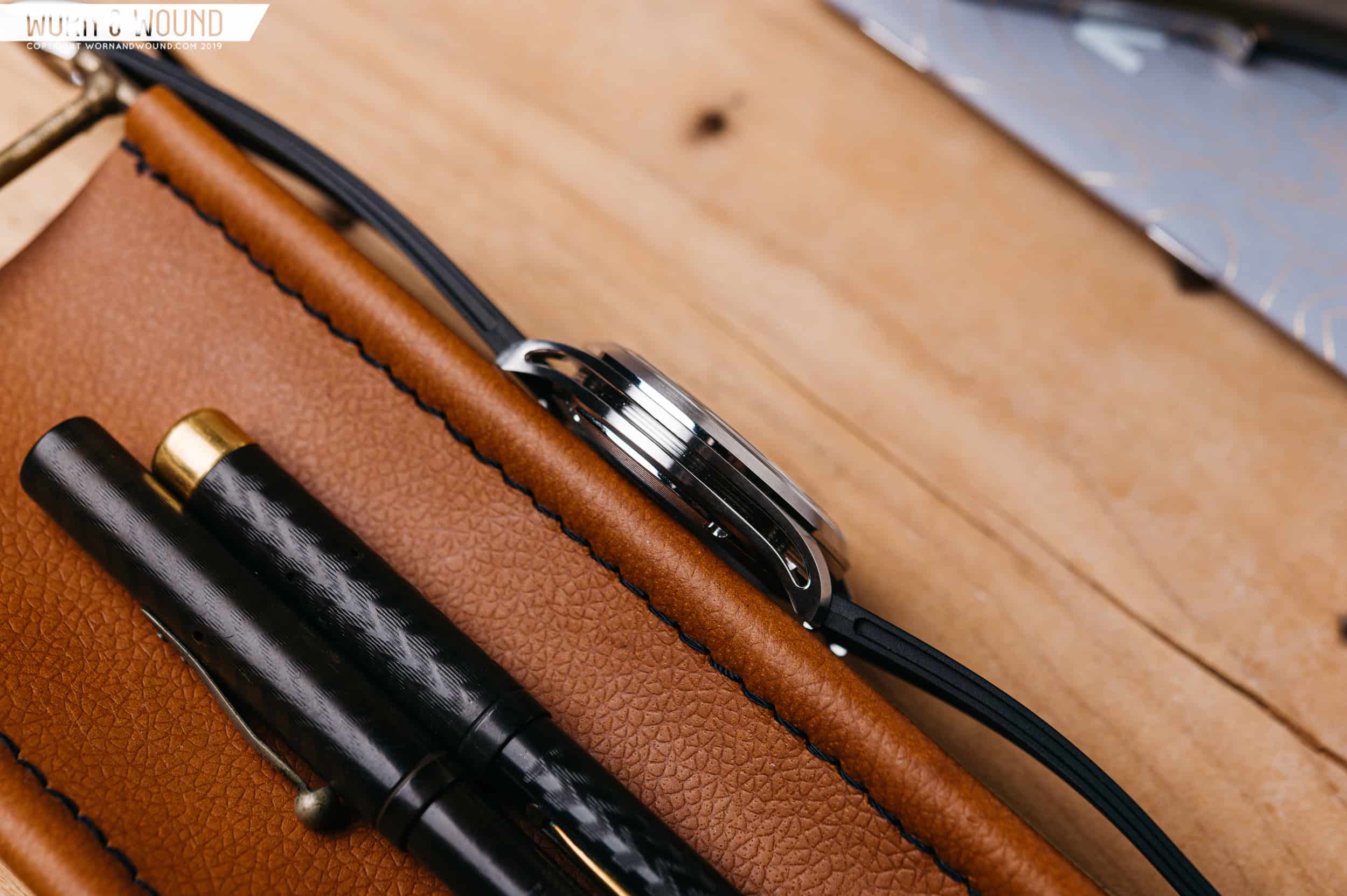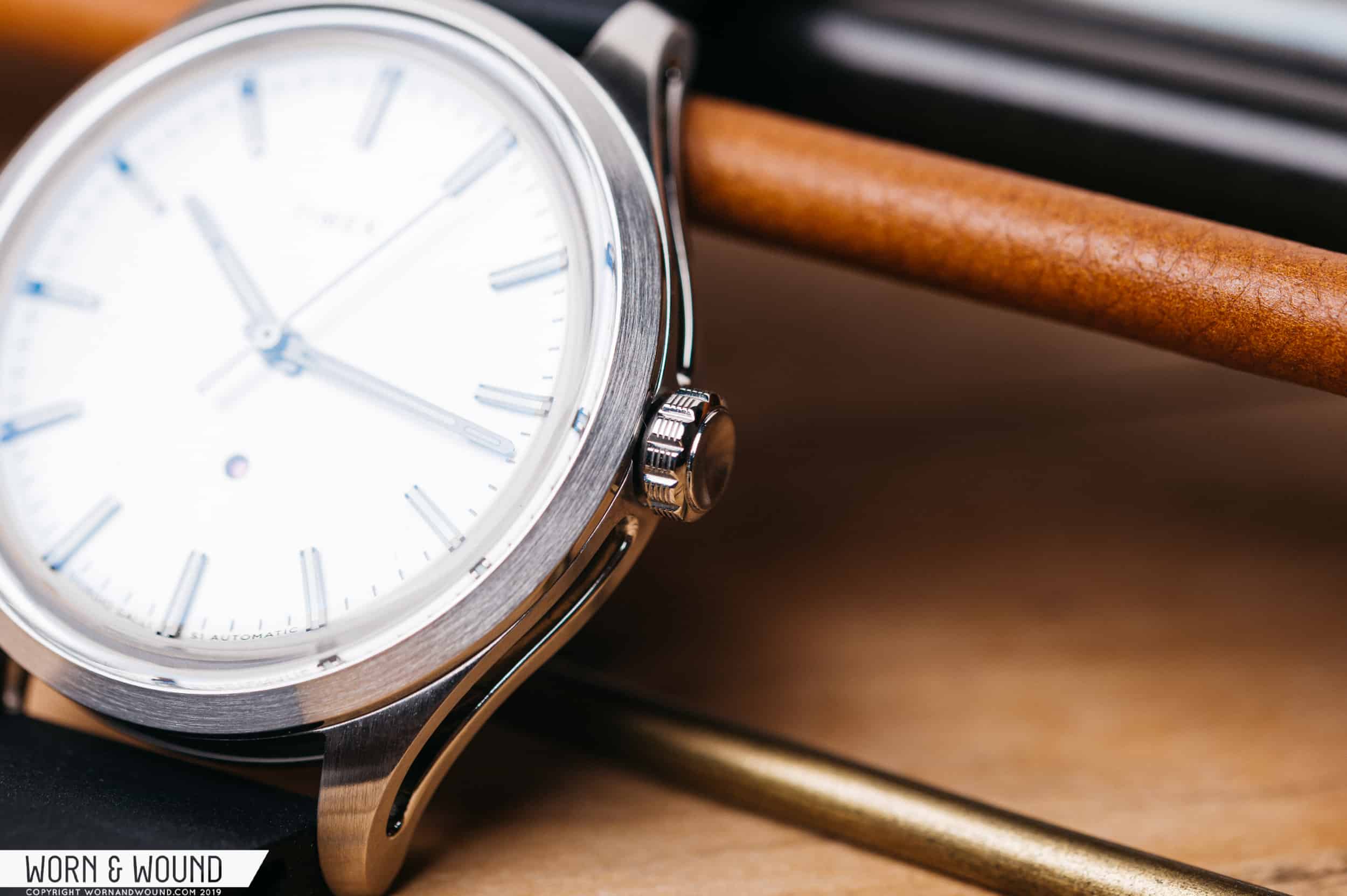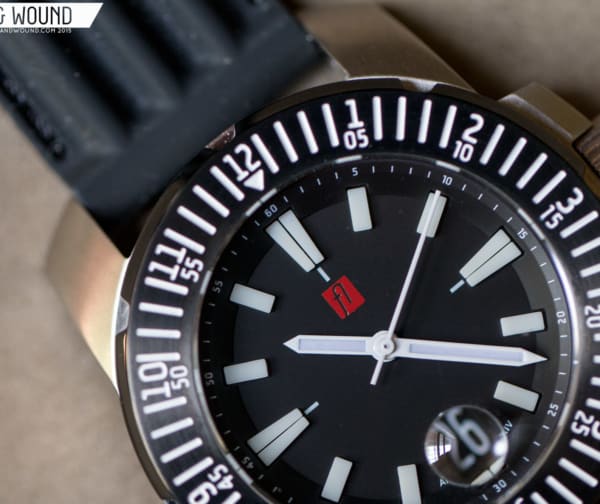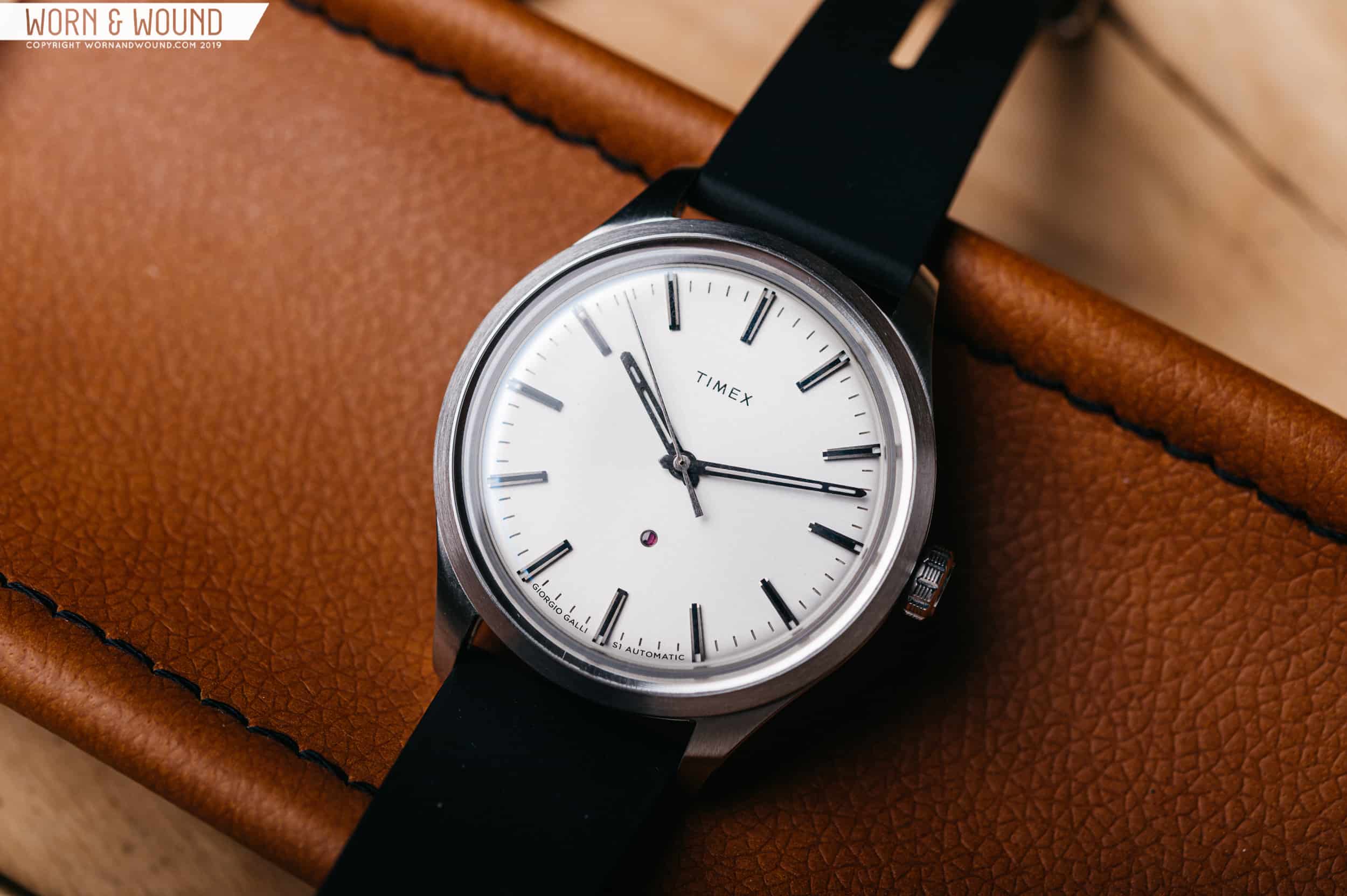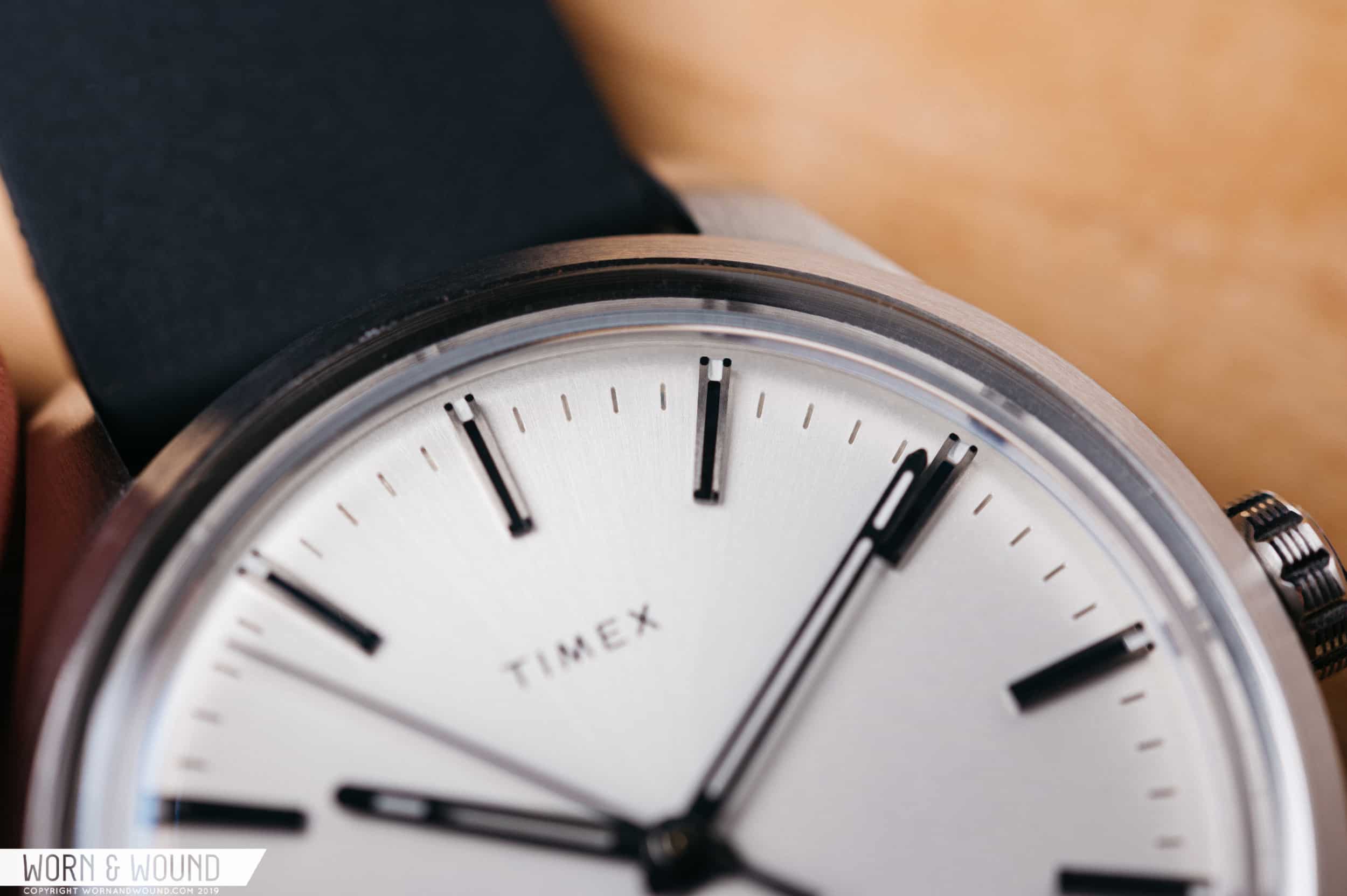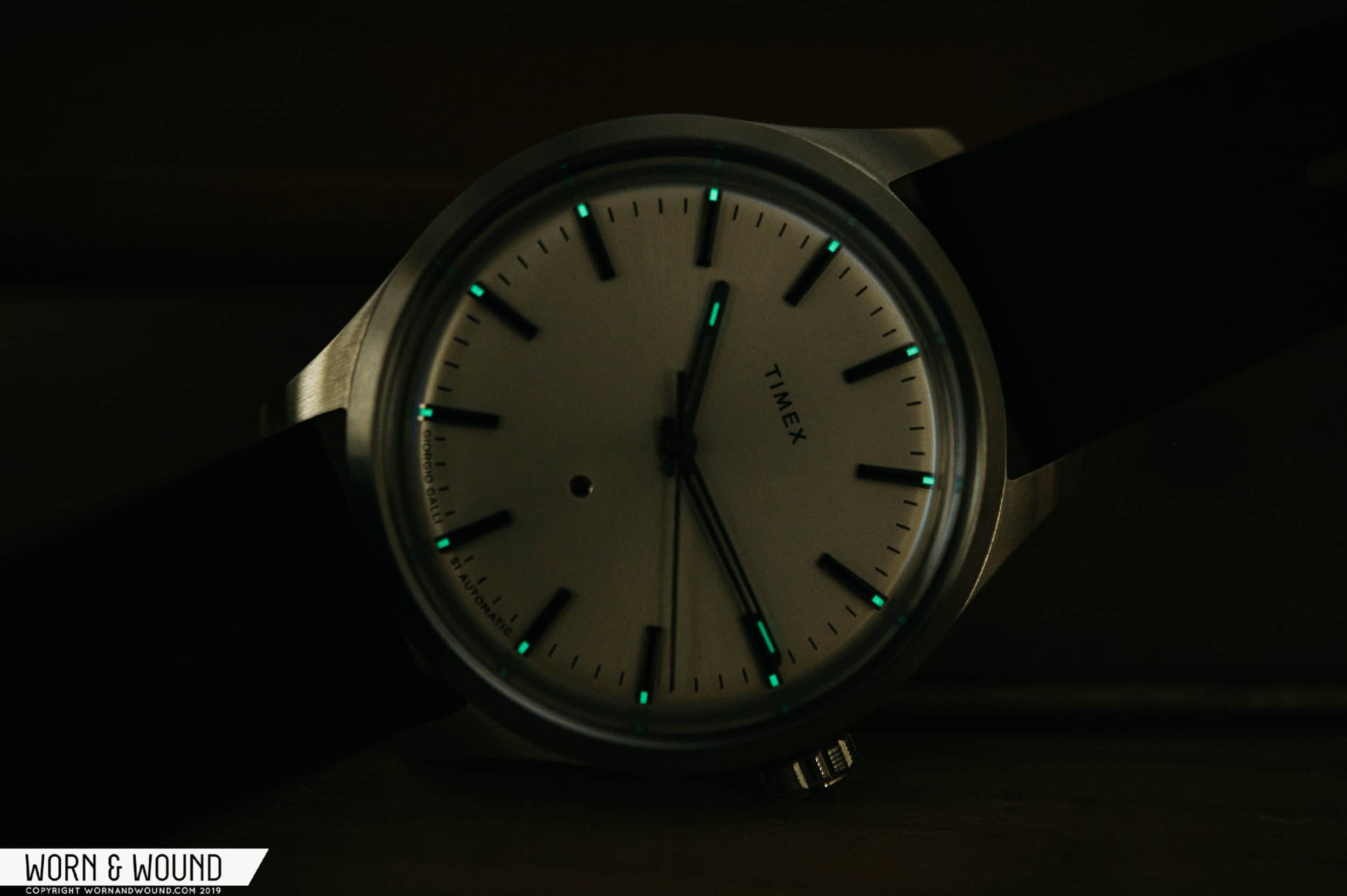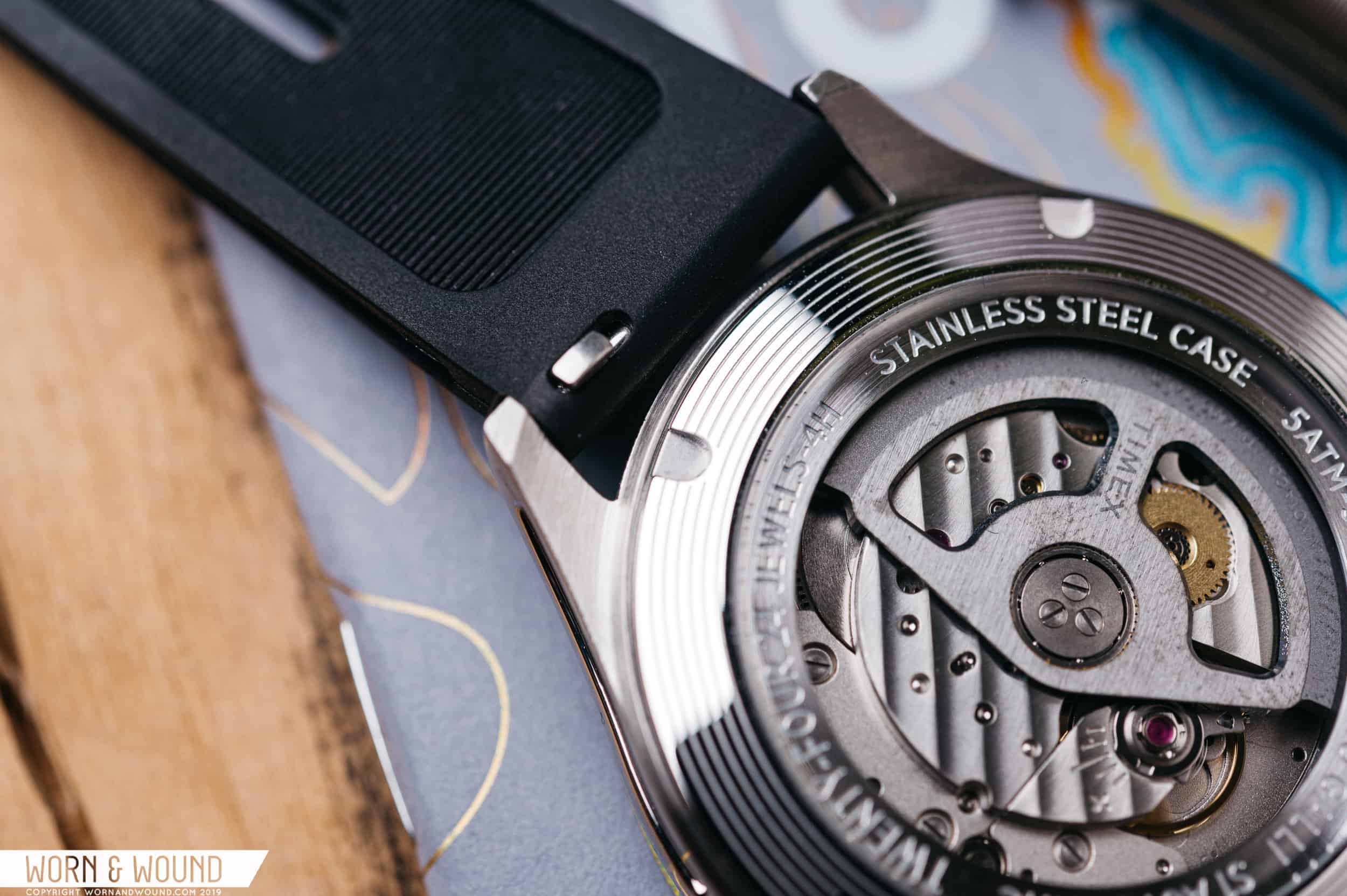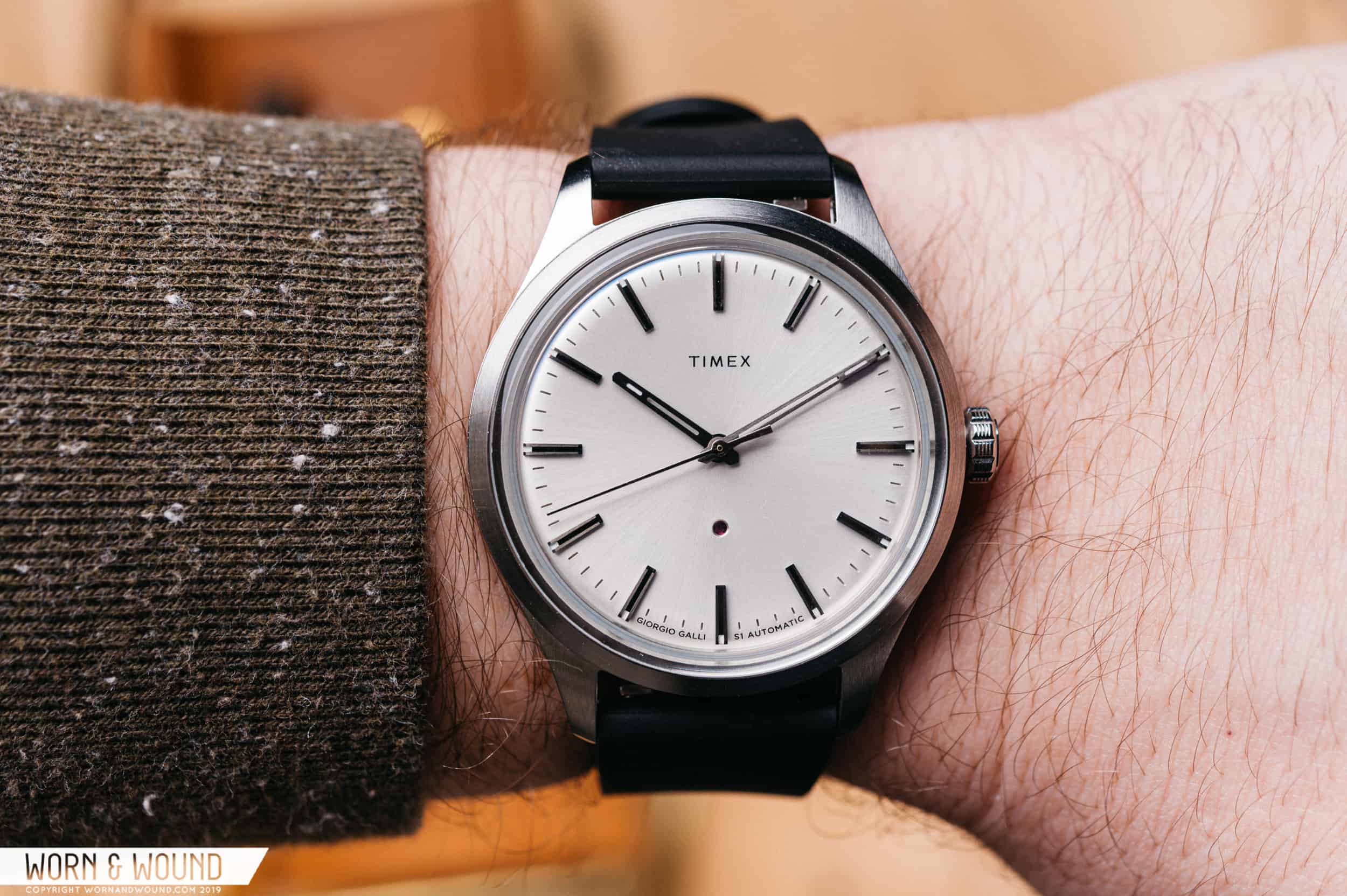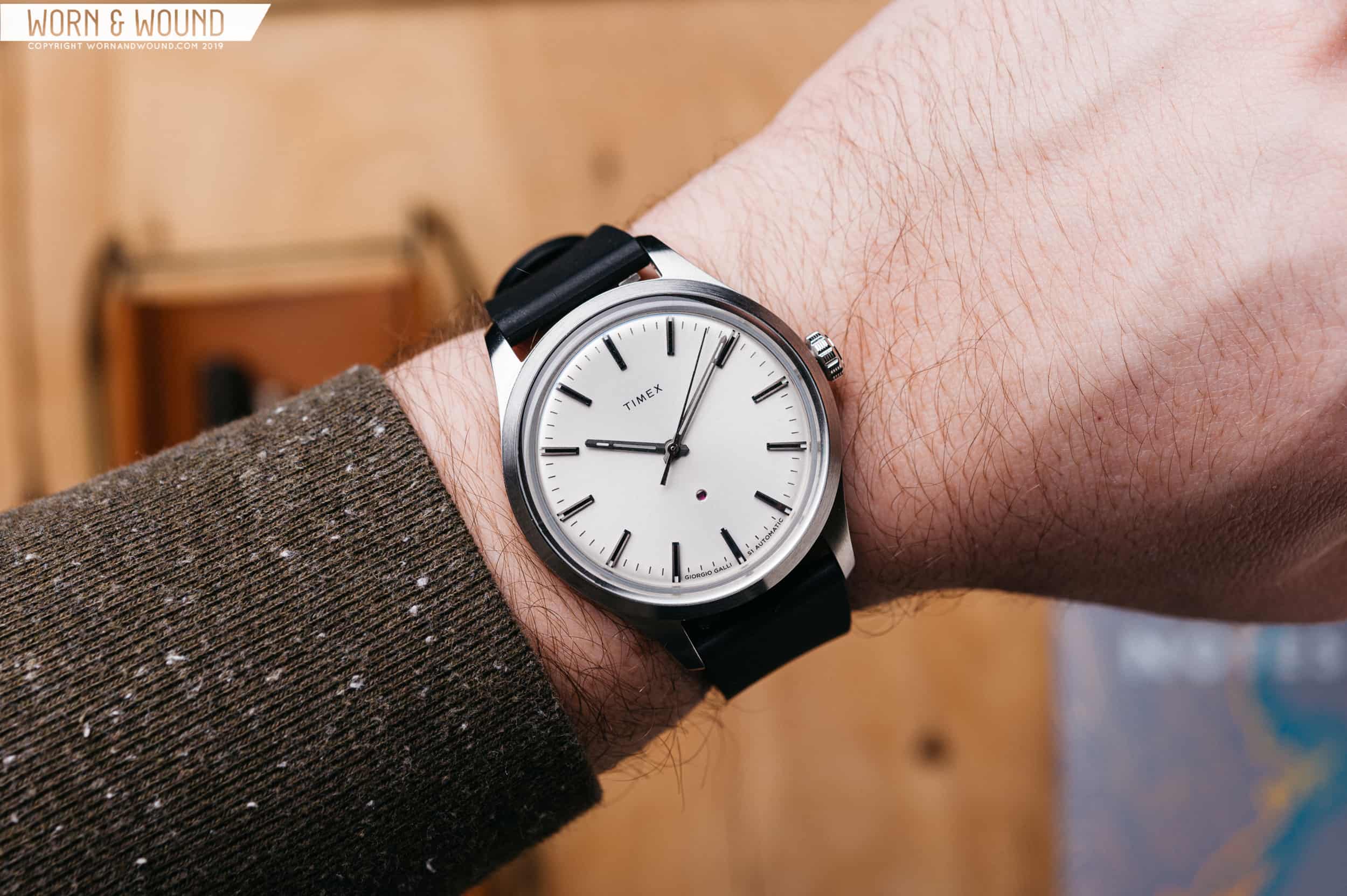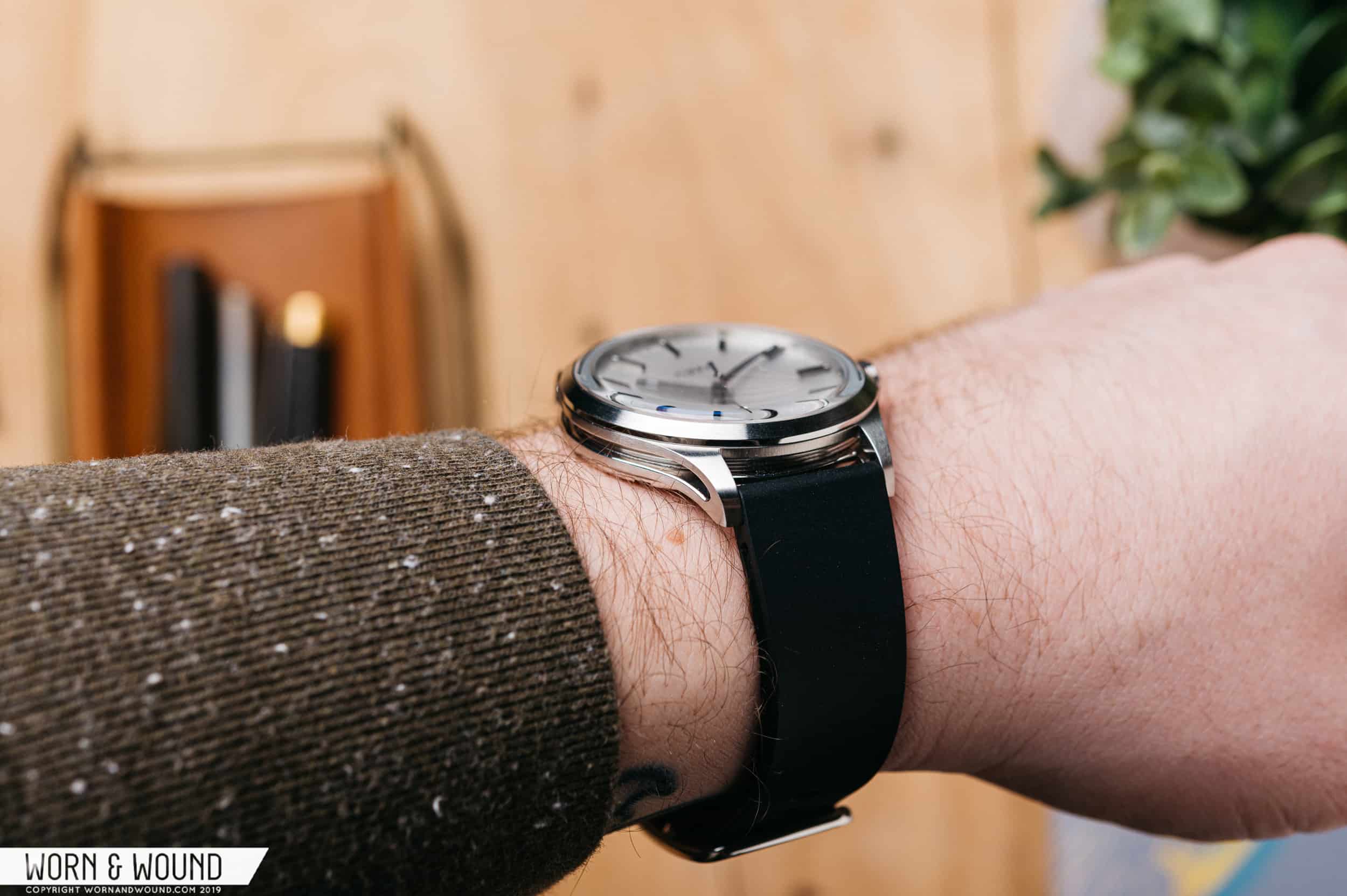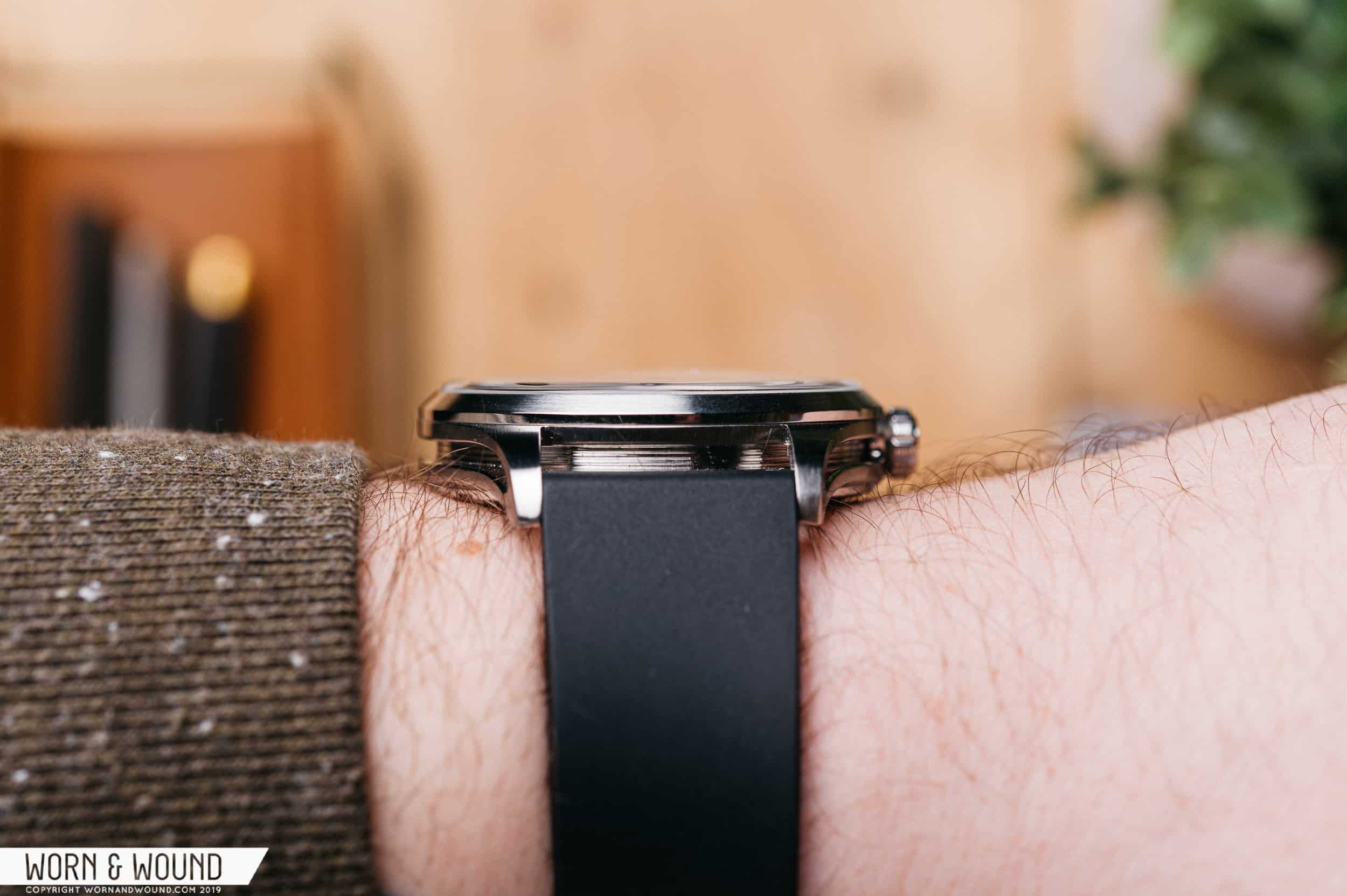When you hear someone describe a watch with hollowed lugs, an injection-molded case, and a gem set in the dial, something haute undoubtedly comes to mind. Perhaps the last brand you’d consider having these cues is Timex, but here we are with the S1, arguably Timex’s most interesting watch in recent years.
There’s no denying that Timex has recently had a couple of strong years, fueled in part by fan-favorite iterations of the Marlin, Q, and other flagship lines. In fact, 2019 was an incredibly good year for Timex (we even discussed it in episode 111 of The Worn & Wound Podcast), and the S1, announced in late 2019, was in some ways a capstone for the year and the first model in a new series that commemorates Timex’s work with Timex Group’s Design Director, Giorgio Galli. To that end, the S1 is unlike any Timex you have seen before. It’s decidedly modern, and it’s a leap forward in terms of design, finish, and overall execution.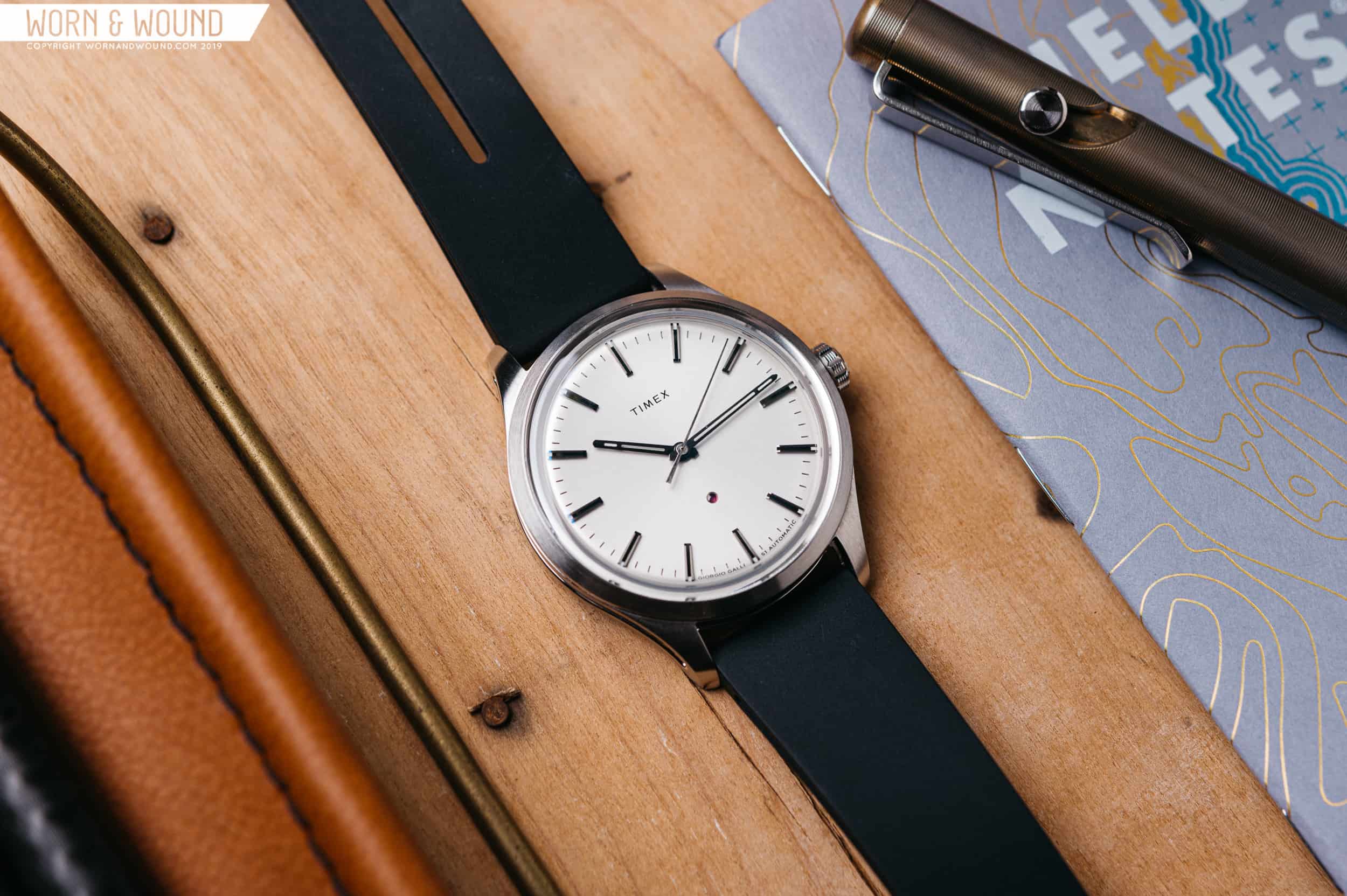
While the S1 is a design that drastically differs from the Timex back catalog, it manages to stay true to the brand’s design roots, and it’s an interesting watch with a lot to break down. But first, the specs.









 Featured Videos
Featured Videos





